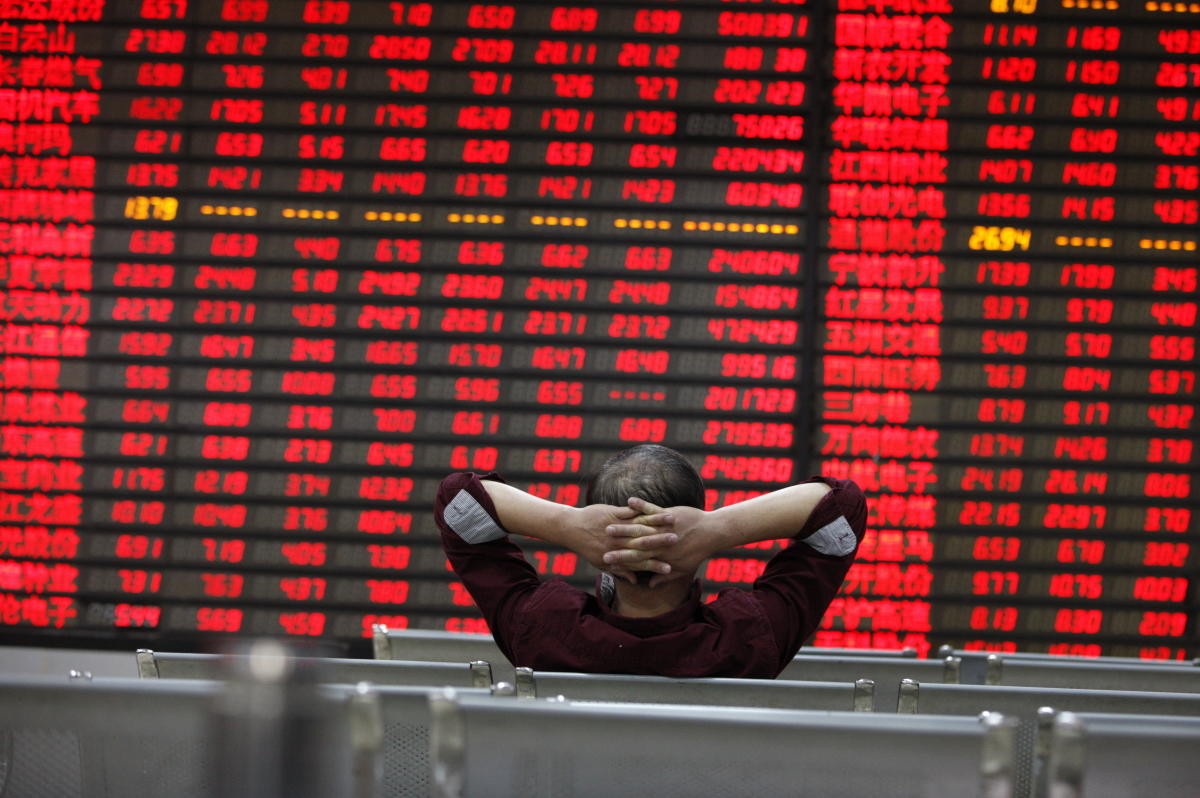Taiwan belongs to a group called the Four Asian Tigers, along with South Korea, Singapore, and Hong Kong. These regions experienced rapid industrialisation and high economic growth rates between the 1960s and the 1990s. Later, they developed into high-income economies.
In 2020, despite the Covid-19 outbreak, Taiwan was the only Asian Tiger that reported positive gross domestic product (GDP) growth at 3.1%, ranking first in the Asia Pacific region. A year later, Taiwan’s GDP grew by 6.45%, which was the fastest pace since 2010. However, growth dropped to 2.5% in 2022.
For 2023, the International Monetary Fund (IMF) expects Taiwan’s economy to expand by 2.1%.
Taiwan GDP Annual Growth Rate (in %)
The country has a total population of approximately 23.3 million. Taiwan was able to keep its unemployment rate relatively steady despite the pandemic. Unemployment slightly increased from 3.7% in 2018 and 2019 to 3.9% in 2020 and 4.0% in 2021. The rate decreased to 3.7% in 2022 and the IMF expects it to remain the same in 2023.
Taiwan Unemployment Rate (in %)
Taiwan’s economy has positioned itself as the world’s fourth-largest producer of electronics and the largest supplier of semiconductors.
Taiwan has also benefited from strengthening local consumption as well as domestic investment opportunities. Backed by its export-oriented and tech-reliant growth, experts suggest its economic outlook to stay resilient.
Currency and Central Bank
Taiwan’s official currency is the New Taiwan dollar or TWD, which is divided into ten dimes and 100 cents. Although, cents are almost never used in transactions. The TWD has been in circulation since 1949 after replacing the Old Taiwan dollar. The nation is also developing a central bank digital currency (CBDC).
The persistent global inflation is also affecting the Taiwan economy. IMF forecasts 1.9% for this year. The Central Bank of the Republic of China (Taiwan, CBC) is expecting inflation to drop below 2% in 2023.
Taiwan Inflation (in %)
Industry and Trade
While the country is known for its semiconductor and electronics industries, Taiwan’s economy is still dominated by the services industry. The services sector accounted for more than 60% of Taiwan’s GDP in 2022, employing about 60% of the labour force.
The service sector is characterised by a lack of competitiveness. Moreover, large labour-intensive industries have started relocating from Taiwan to other countries with less labour costs. On the other hand, its tourism industry is booming. In 2019, the country hit a record of 11.84 million foreign visitors. However, overseas travel in Taiwan was also impacted by the pandemic. In 2020, tourists brought only USD 1.8 bn into the country – eight times less than the previous year. This was also due to Taiwan’s strict Covid-19 entry restrictions which were in place until October 2022.
Taiwan’s manufacturing sector comprises about 38% of the country’s GDP and provides jobs to 35% of the workforce. The country is one of the largest suppliers of semiconductors, computers, mobile phones, and computer screens in the world.
Taiwan biggest exports are electrical machinery and equipment, machinery and mechanical appliances, plastics and articles thereof, medical or surgical instruments and apparatus and mineral fuels. Its top export partners are China, ASEAN, the US, Europe and Japan.
Taiwan Economy: Balance of Trade
On the other hand, Taiwan’s top import products are electrical machinery and equipment, mineral fuels, machinery and mechanical appliances, medical or surgical instruments and apparatus and vehicles. China, the US, Hong Kong, Japan and Singapore are its main import partners.
Stock Exchanges and Capital Markets
The Taiwan Stock Exchange Corporation or TWSE was established in 1961 and has operated as Taiwan’s sole stock exchange since 1962. Trading takes place on the exchange between 9 a.m. and 1:30 p.m.
The Taiwan Capitalization Weighted Stock Index (TAIEX), more commonly known as the Taiwan Weighted, is the exchange’s main stock index. It covers all listed companies on the TWSE, except preferred stocks, full-delivery stocks, and newly listed stocks.
Taiwan Semiconductor Manufacturing Company (TSMC), MediaTek, Foxconn, Chunghwa Telecom, and Formosa Petrochemical Corporation are the largest Taiwanese companies in terms of market capitalization.
Bond Market
Taiwan’s bond market has been described to have contradictory tendencies. Although the market is large in size, the volume of transactions is often small. The types of bonds available in Taiwan’s capital market are government bonds, corporate bonds and financial debentures, beneficiary securities and asset-backed securities, foreign bonds and sustainability bond.
So-called Formosa bonds have become an attractive funding choice for overseas issuers recently. These bonds are issued in Taiwan but denominated in currencies other than the New Taiwan dollar. As per central bank data, the total issued amount of Formosa bonds in 2021 is equivalent to NT$1,137.5 bn, with a total outstanding amount of NT$5,833 bn.
Real Estate Market
In 2022, home price growth in Taiwan continued to accelerate, demand was robust due to extremely low interest rates.
As per Global Property Guide, real house prices increased by 12.53% in Q3 2022 from a year earlier, its highest figure since Q1 2014. Also, Quarter-on-quarter house prices increased.
Taiwan’s six major cities – Taipei, New Taipei, Taoyuan, Taichung, Tainan and Kaohsiung – saw property transactions rose slightly by 0.5% y-o-y to 55,990 units in the same period. Transaktion in the first three quarters of 2022 were slightly down due to the introduction of market-cooling measures.
However, Taipei is one of the world’s most expensive cities and affordable housing is an issue.
Taiwan Housing Index (in %)
Source of charts: tradingeconomics.com








 Australia
Australia China
China India
India Indonesia
Indonesia Japan
Japan Malaysia
Malaysia Philippines
Philippines Singapore
Singapore South Korea
South Korea Taiwan
Taiwan Thailand
Thailand Vietnam
Vietnam
 Germany
Germany Hong Kong
Hong Kong USA
USA Switzerland
Switzerland Singapore
Singapore
 United Kingdom
United Kingdom Other / International
Other / International





